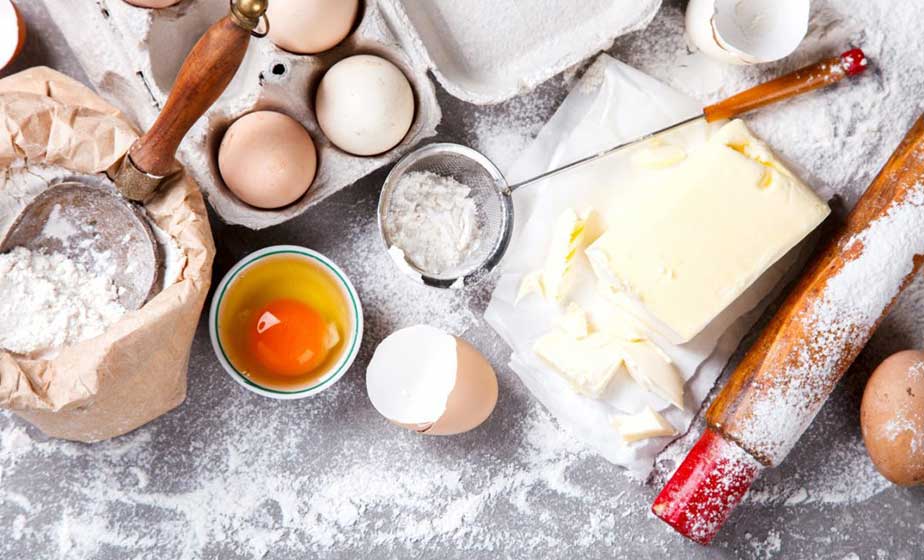Whether baking your first cake or doing it for years, you should know a few things. These helpful baking tips will make your next batch of cakes come out better than ever.
Measure Dry Ingredients Properly
Using the right amount of dry ingredients can make or break a dish. Knowing how to measure dry ingredients correctly is essential so that your baking is manageable.
If you need help measuring dry ingredients, it’s best to stick to the industry standard. These baking tips are included in cookbooks and will help you to measure ingredients correctly.
There are many ways to measure dry ingredients, but it’s essential to be precise. The wrong way you are measuring your dry ingredients can make or break your cake. If you overmeasure your ingredients, you may have a denser cake. Excess ingredients can also cause your cookies to be dryer.
It’s best to measure your dry ingredients with a dry measuring cup. Most dry measuring cups come in sets. Each cup has a different size. The most common dry measuring cups are the one-cup measure, the one-third cup measure, and the one-half cup measure.
On the other hand, liquids should be measured in a liquid measuring cup. The cup should be leveled on a flat surface.
Check the Oven Temperature
Having a good idea of how much heat your oven is putting out can make all the difference in the world regarding baking. Knowing the temperature, you’re baking will also help you avoid over or undercooking your food.
To get an idea of what the oven is doing in terms of temperature, you can turn it on or check the temperature with a thermometer. A thermometer can be found at most kitchenware stores for under $10. To ensure you get the best possible results, you’ll want to choose a high-quality model.
A thermometer is one of many devices that can measure the temperature inside an oven. You can also use an air probe or cloud-enabled thermometer to get an idea of what is going on inside your oven.
A good oven thermometer will help you gauge whether your oven is heating up or losing heat. A good thermometer can also measure how much heat is being thrown off by opening the door.
Cool Your Baked Goods Properly
Knowing how to cool your baked goods will save you from a soggy mess, whether you’re a novice baker or a seasoned guru. Aside from saving your taste buds, properly cooling your baked goods will also help them last longer. You should store your baked goods in a cool, dark place and serve them within 24 hours. If possible, use a tight-fitting container.
To properly cool your baked goods, you’ll need a cooling rack. You can buy one, make one yourself or just put them on the counter. The best cooling racks are steel and have a durable nonstick coating. The most remarkable thing about a cooling rack is that it allows your baked good to cool faster. A cooling rack is also a great way to prevent soggy baked goods.
To cool your baked goods, you should first consider what kind of baked goods you’re working with. While some baked goods can be kept in the refrigerator, others do better on the counter.
Don’t Substitute Ingredients in a Recipe.
Trying to make recipes without substituting ingredients can be challenging. Some ingredients are hard to replace, and they can change the texture, taste, or even the color of a dish. Substitutes must be carefully thought out.
Substitutions are a great way to make a recipe healthier and save it if you miss an ingredient. Several factors must be considered when substituting an ingredient in a recipe, including the type of ingredient, the function of the ingredient, and the amount of the ingredient. Substitutions are also great for making recipes work for special dietary needs.
Substitutions can improve the texture and flavor of a dish and make a recipe healthier. Substitutes can also be made from kitchen supplies. For instance, breadcrumbs can be replaced with other crunchy bits. Similarly, liquid substitutes can be used instead of other liquids. However, liquid substitutes should be consistent with the liquids used in the recipe.
It is important to remember that a recipe is only a set of instructions for combining ingredients and processing them. Substitutes should be made only as needed and in small amounts.
